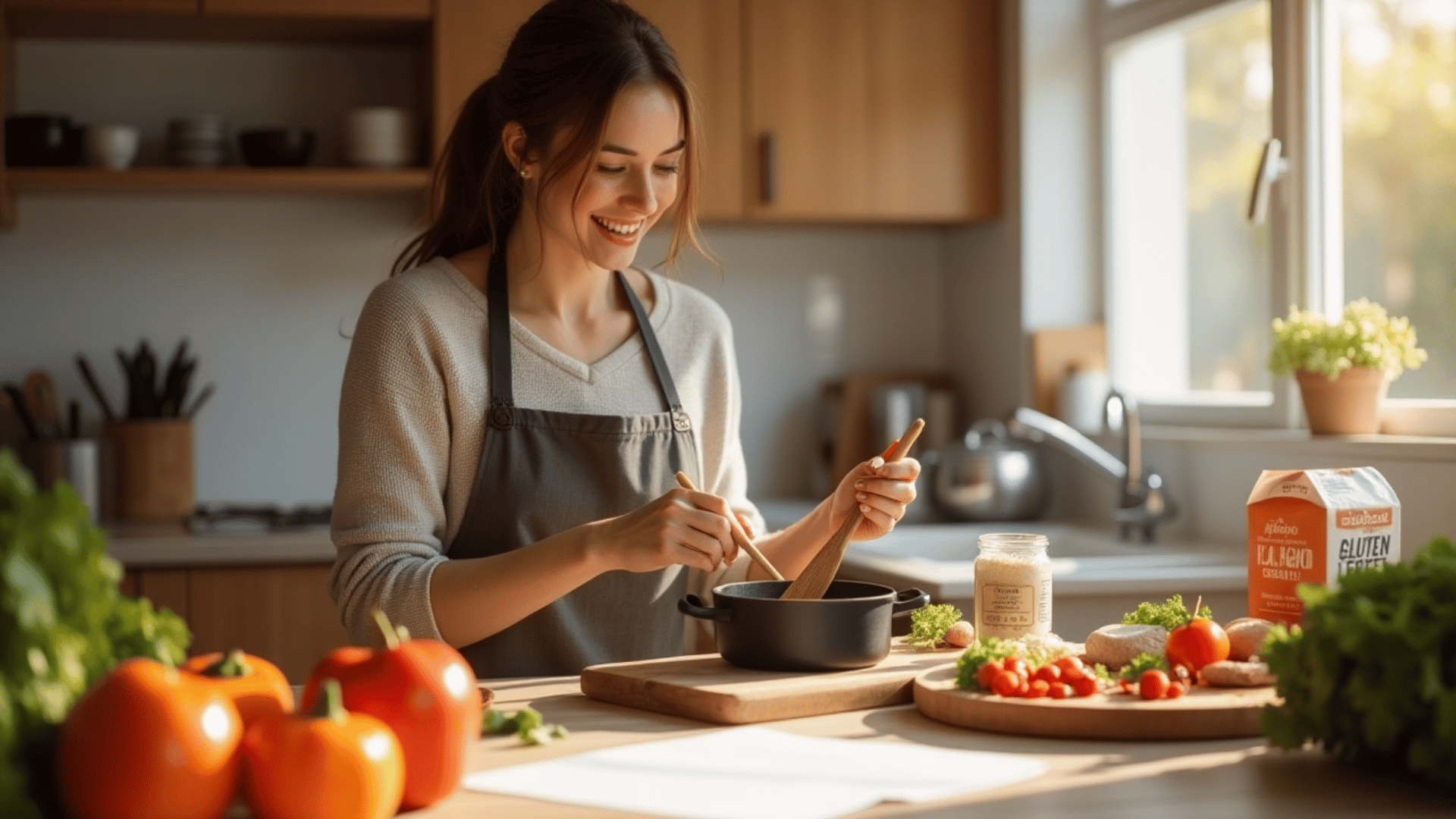
Gluten-Free Diet: What You Should Know
Searching for vegan gluten-free foods? These 8 recipes make clean eating delicious and stress-free. Explore your new favorites now!
GLUTEN-FREE TIPS
The Ultimate Guide to Gluten-Free Living: What It Is, How to Survive It, and Why It’s Not as Scary as It Sounds
So... You're Thinking About Going Gluten-Free?
Let’s be real—“gluten-free” is everywhere these days. It’s on cereal boxes, restaurant menus, even in dog food (yes, seriously). For some people, it’s a must for medical reasons. For others, it's more about feeling better, less bloated, and a little more in control of their health. But figuring out how to actually do gluten-free without losing your mind (or your favorite snacks) can feel like trying to decode a nutrition label written in hieroglyphics.
That’s why I put together this all-in-one guide to help you cut through the confusion. We’ll talk about what gluten is, how to spot it, why it causes issues for some people, and how to live your best GF life without crying in the bread aisle. Sound good? Let’s dive in.
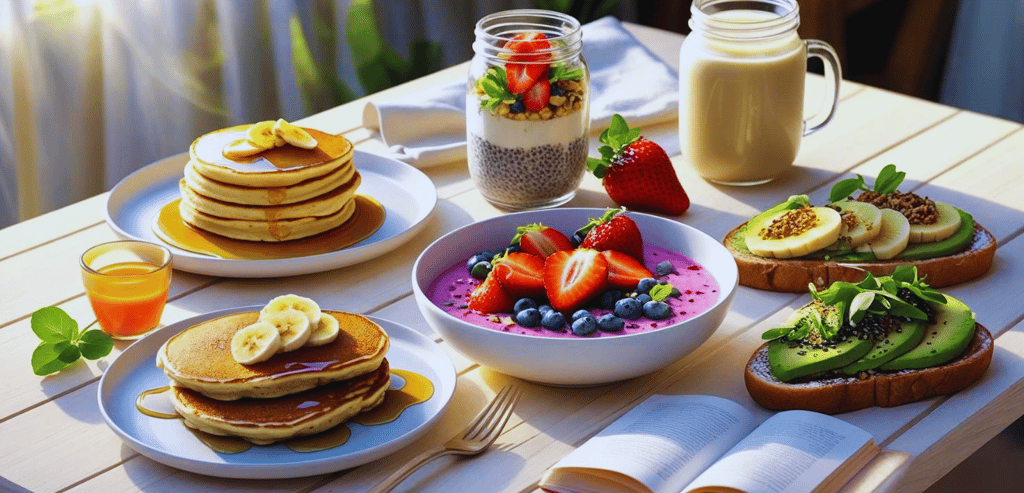

Wait... What Is Gluten Anyway?
So here’s the deal: gluten is a protein you’ll find in wheat, barley, and rye. It’s basically what makes dough stretchy and bread chewy—aka it’s the magic behind your favorite bakery croissant.
But here’s the twist: food manufacturers love gluten. Not just for baking, but because it’s a cheap, versatile thickener. So now it’s in everything from soups to salad dressing. Pair that with a bunch of sugar and fat (looking at you, boxed mac and cheese), and boom—your gut might not be thrilled.
Bottom line: gluten itself isn’t evil, but the way it shows up in ultra-processed foods? Yeah, that can be a problem—especially if your body doesn’t handle it well.
Celiac is an autoimmune thing, which means your body freaks out when you eat gluten and starts attacking your small intestine. That’s... not ideal. It messes with nutrient absorption and can lead to stuff like anemia, brittle bones, infertility, and even brain fog.
Only about 1% of people have it, but a lot of them don’t even know. The fix? A strict, no-cheating, lifetime gluten-free diet. No wiggle room here—not even a crumb.
Gluten Sensitivity: The “Ugh, I Don’t Feel Good” Club
If you’ve ever felt bloated, brain-foggy, or like your joints hate you after eating a sandwich—but your doctor says you don’t have celiac—you might fall under “non-celiac gluten sensitivity.” It’s like your body’s being dramatic, but it’s not doing any long-term damage.
Symptoms can be all over the place: bloating, headaches, fatigue, mood swings… even stuff that seems unrelated, like anxiety or weird skin breakouts. It’s confusing, which is why getting checked by a pro is always a good idea before you start cutting gluten cold turkey.
Celiac vs. Gluten Sensitivity: What’s the Difference?
Think You Might Be Gluten Intolerant? Here’s What to Watch For
This one’s tricky because gluten intolerance wears a lot of hats. One day it’s stomach pain, the next it’s a migraine. Here are the most common signs:
Tummy troubles: Bloating, cramps, gas, diarrhea, constipation (aka the digestive rollercoaster).
Other weird stuff: Fatigue, headaches, foggy brain, joint pain, even skin rashes or mood swings.
⚠️ Quick PSA: Don’t play doctor. If you think gluten’s a problem, go get tested before quitting it. That’s the only way to rule out celiac properly. Trust me, you want answers—not more guessing games.
Gluten? Yeah, You’ll Want to Avoid These Foods
Here’s the not-so-fun part—gluten is sneaky. Sure, you know bread and pasta are off the table (unless labeled GF), but here’s a quick cheat sheet for the other culprits:
Big Three Grains to Avoid:
Wheat
Barley
Rye
Tricky Wheat Variations (aka Label-Ninja Names):
Bulgur
Couscous
Farro
Emmer
Spelt
Kamut
Semolina
Seitan (sadly, this is gluten in disguise)
Graham flour
Ramen noodles
Sourdough (unless it’s GF-labeled)
Hidden Sources (aka "wait, gluten’s in THAT?"):
Soy sauce (yep, unless labeled GF)
Salad dressings
Worcestershire sauce
Processed meats (hello, mystery meat)
Creamy soups
Beer (most kinds, anyway)
👉 Pro Tip: Just because something says “wheat-free” doesn’t mean it’s gluten-free. Always double-check the label like the detective you were born to be.
Good News: There’s Still a Ton You Can Eat
Okay, enough with the doom and gloom. Let’s talk about all the delicious stuff that’s naturally gluten-free.
Whole Foods That Get a Green Light:
Fresh fruits and veggies
Legumes (like chickpeas, lentils, black beans)
Eggs, meat, poultry, fish
Dairy (yes to cheese, yogurt, and milk!)
Nuts and seeds
Safe Grains & Starches:
Quinoa
Rice
Buckwheat (yes, it’s GF despite the name)
Corn
Amaranth
Millet
Teff
Tapioca
Cassava
Chia, flax, arrowroot
Certified gluten-free oats*
*Oats get their own asterisk because they’re often contaminated with gluten during processing. Look for “certified gluten-free” and see how your body feels.
Gluten-Free Drinks:
Water (obviously)
Coffee and tea
100% fruit juice
Wine and most liquors (vodka, rum, tequila = good. Beer = usually nope)
Write a short text about your service
Write a short text about your service
Write a short text about your service
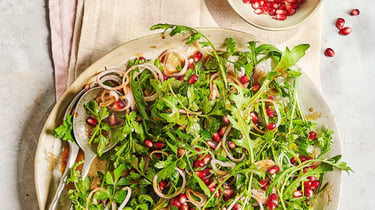

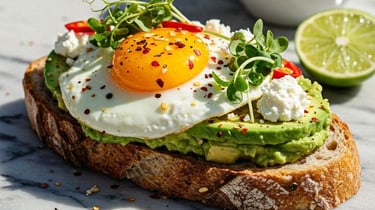


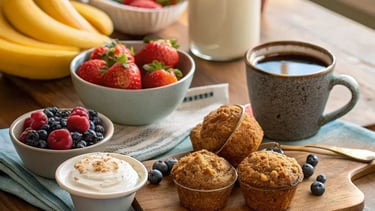
Tips for Living That Gluten-Free Life Without Losing Your Mind
Grocery Shopping:
Stick to the basics: fruits, veggies, whole foods.
If you go for packaged stuff, look for that certified GF label.
Skip bulk bins—they’re a gluten cross-contamination nightmare.
Eating Out:
Do your homework: check menus online.
Don’t be shy—talk to the server, ask questions.
Watch for sauces, marinades, and fried foods (they love to hide gluten there).
Cooking at Home:
Try fun flours like almond, coconut, or GF all-purpose blends.
Keep separate cutting boards, toasters, and utensils for gluten-free cooking.
🥧 Bonus tip: Try my [Gluten-Free Banana Bread with Almond Flour]. It’s cozy, easy, and perfect for Sunday baking.
Feeling Better on a Gluten-Free Diet Isn’t Just About the Food
While going gluten-free is the main goal, don’t forget these little wellness tweaks that make a big difference:
💧 Drink water – boring but essential.
🧘 Chill out – stress can mess with your digestion.
🏃 Move your body – even a walk helps.
🍽️ Eat smaller meals – your tummy will thank you.
💊 Try probiotics or enzymes – talk to your doctor first, though!
Where to Find Solid Info and Support
Let’s be honest—there’s a lot of bad advice floating around TikTok and Instagram. To keep your sanity, stick with:
✅ Doctors and dietitians (not influencers with zero credentials)
✅ Nonprofits like the Celiac Disease Foundation
✅ Reliable blogs and podcasts (ones that cite actual science)
🙋♀️ Wanna know how I research and create my content? Check out my [About Me] page—I’m all about that E-A-T: Expertise, Authority, and Trustworthiness.
Also: join GF communities online! Forums, Facebook groups, Reddit threads—they’re full of helpful people who’ve been exactly where you are.
You’ve Got This 💪
Going gluten-free might seem intimidating at first, but once you learn the ropes, it’s totally doable—and honestly, it can be pretty awesome. You’ll discover new foods, feel better, and get super good at reading food labels (a weirdly satisfying skill).
Whether you're doing this for health reasons or just experimenting with how food makes you feel, I’m cheering you on.
✨ Got questions? Drop them in the comments. Want recipes? Head to the [Gluten-Free Recipe Library]. Let’s make this gluten-free journey way less stressful—and a lot more delicious.
Let’s Bust a Few Gluten-Free Myths
🚫 Myth 1: Everyone should go gluten-free.
Nope. If gluten doesn’t bother you, there’s no need to ditch it. In fact, you might be cutting out healthy whole grains for no reason.
🚫 Myth 2: Gluten sensitivity = celiac.
Not the same thing. Celiac causes real intestinal damage. Gluten sensitivity doesn’t—but it still feels awful.
🚫 Myth 3: You can outgrow celiac.
Wishful thinking. Celiac is forever. Even if your symptoms improve, gluten still does damage behind the scenes.
Gluten-Free Made Delicious
Gluten-free eating can be balanced affordable, and tasty when built around whole foods. These recipes avoid processed gluten substitutes and focus on naturally gluten-free ingredients
Vegan Recipes You’ll Crave
Explore a variety of simple, satisfying vegan meals made with everyday ingredients. Whether you're fully plant-based or just reducing animal products, these recipes help you eat well with ease
